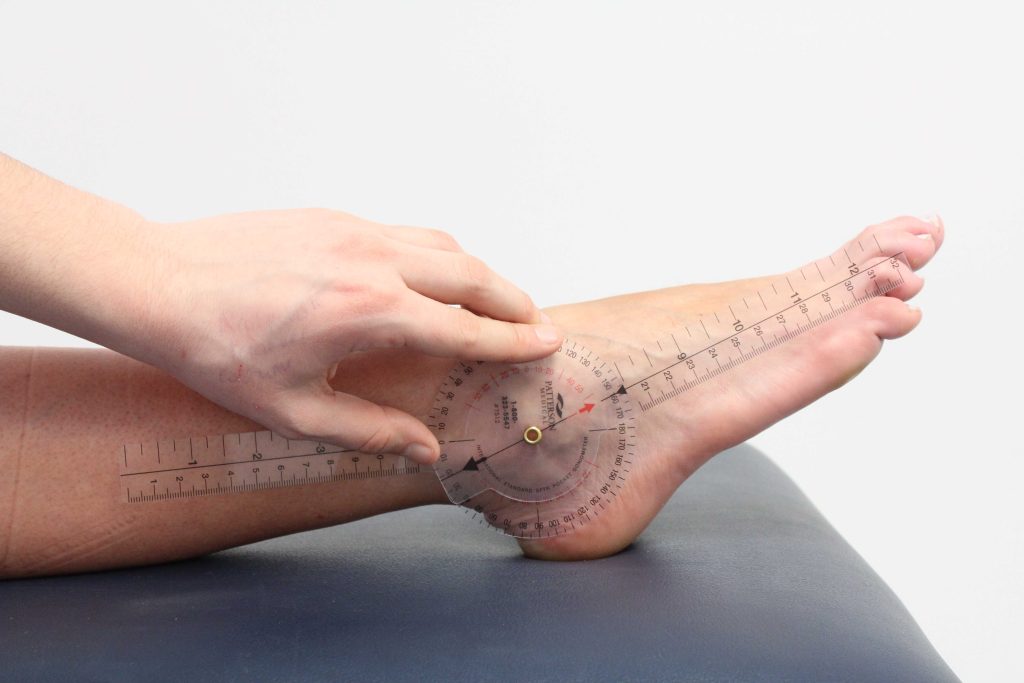
The foot and ankle form the foundation for all upright human movement. Every step, jump, or change of direction relies on their ability to absorb shock, stabilize the body, and transfer force efficiently. When movement dysfunction exists at this base level, it often leads to compensation up the chain—impacting knees, hips, and even the spine.
Below are common movement dysfunctions to look for during assessment or training:
- Excessive Plantar Flexion at Contact
When the foot strikes the ground in too much plantar flexion, it reduces shock absorption and alters normal gait mechanics. This often leads to stiffness, knee structure erosion, overuse injuries, and poor propulsion. - Overpronation
This excessive inward collapse of the arch can cause instability in the ankle, strain on the tibialis posterior, and increased risk for medial knee pain or shin splints. - Supination
Too little pronation results in a rigid, high-arched foot that fails to absorb ground forces properly—often leading to stress fractures or lateral ankle instability. - Inversion & Eversion Instability
Excessive inversion (rolling the foot inward) or eversion (rolling outward) creates uneven load distribution, increasing the likelihood of ligament sprains and long-term joint irritation. - Abduction & Adduction of the Foot
Abduction (foot pointing outward) and adduction (foot pointing inward) disrupt alignment and can contribute to dysfunctional push-off, medial or lateral pain, and inefficient gait patterns.
Each of these dysfunctions has the potential to drive pain, reduce performance, and increase injury risk. When unaddressed, they often become the root cause of chronic compensations seen further up the kinetic chain.
Early identification and correction—through movement screens, gait analysis, and targeted exercises—are key in restoring function and building a resilient, high-performing base.
Leave a Reply